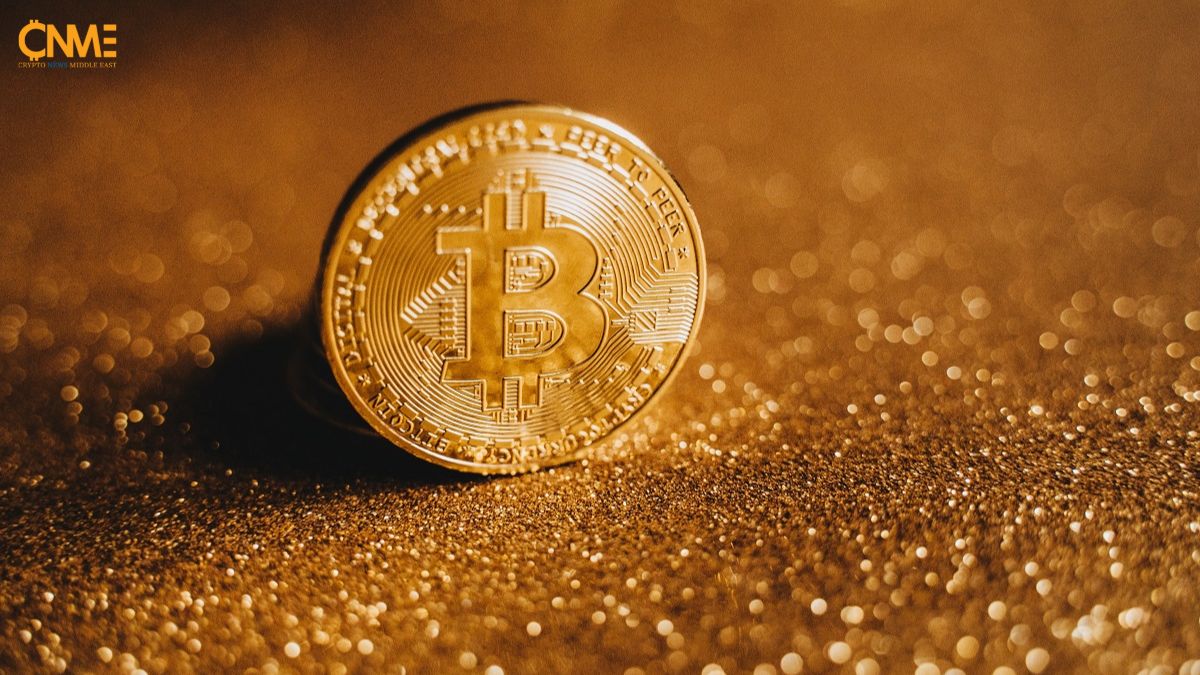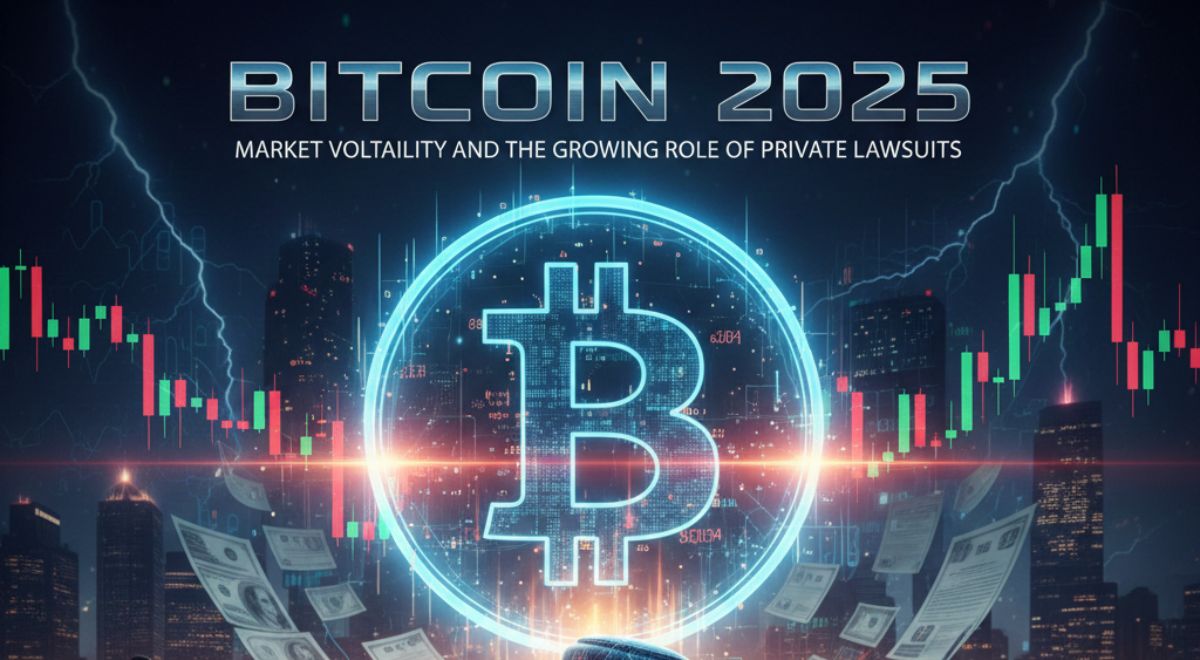What we have going on in our world presently is unprecedented in our annual expectations. There are political tensions between countries, economic instability, and social crises that every country has been affected by the ongoing global tensions.
Table of Contents
ToggleWhat are the current global tensions?
We have political crises due to the current tension between Russia and Ukraine and the U.S ban on selling semiconductors to China. Inflation is on the rise, courtesy of the U.S monetary policies that have been updated up to five times in 2022. Furthermore, the MENA region is still recovering from the impacts of COVID’19.
These are not the only political, economic, and social crises affecting the world today. Many countries are facing their fair share of instability and internal conflict that directly or indirectly could affect the economy of the Middle East.
Also Read; Crypto Regulation Frameworks in the Middle East
The intersection of global tensions and the Middle East’s economy
Rising poverty lines and food insecurity is a ripple effect of the current conflict between Ukraine and Russia in the MENA region. In addition, the economic instability leads to the depreciation of Middle Eastern fiat currencies, and the interest rates for country debt increase.
How do these global tensions affect crypto regulations in the Middle East
Global tensions have caused great strains on the economy of various countries. Since the Middle East is still a developing region, digital assets have become a means of preserving money to counter the effects of inflation in particular. In all the instability, the crypto industry has faced its fair share of downturns. Being a digital concept makes it more susceptible to the current irregularity the world is experiencing.
Although the Middle East seeks to embrace digital assets, global tensions are increasing the region’s sensitivity to crypto. This mainly reflects in the regulations set by Middle Eastern countries recently.
Furthermore, the year 2022 saw an increased recognition of digital assets. With this recognition came an influx of guidelines and policies that seeks to regulate the fair use of crypto in the Middle East. Without these regulations, digital currencies would be an avenue for money laundering and several forms of illegality.
For example, in Abu Dhabi, there are guiding principles that describe the country’s approach to digital assets regulation and supervision. These principles aim to comply with international standards of anti-money laundering (AML) and combatting the financing of terrorism (CFT).
Generally, the existence of global tensions has revealed the downsides of digital assets. In turn, by creating applicable laws, Middle Eastern countries are more active in ensuring transparency and compliance in the crypto industry.
Conclusion
Indeed, using crypto is a welcoming idea for the inhabitants of the Middle East. However, global tensions have transcended beyond what the Middle East as a region can stabilize.
It then becomes necessary for countries in the Middle East to continue to initiate policies and appropriate authorities to regulate cryptocurrencies in the region. Furthermore, these policies should be flexible and easily adjustable to wholly suit changing global demands and the crypto industry.











